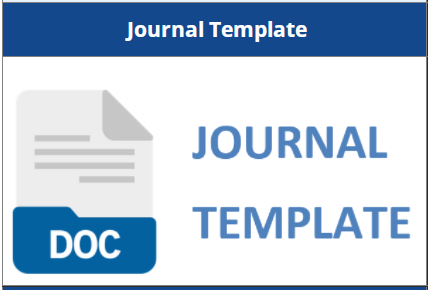KEBERLANJUTAN PERUMAHAN FORMAL DI KECAMATAN KEMILING BERDASARKAN KONSEP ECOLOGICAL HOUSING
Abstract
Along with the development of a city, the need for houses to support activities in it also continues to increase. Thus, housing tends to be made in a hurry to catch up with the increasing population as a city develops. Therefore, housing development is generally more emphasized in terms of quantity only in order to meet the needs for houses by the community rather than the quality of the houses built. Thus, in the provision of housing sometimes neglect the sustainability aspect. Similarly, Kemiling Sub-district is a sub-district with limited housing/settlement and has had housing since the 1980s, but new housing units continue to be built and are planned to be built. This study aims to determine the sustainability of formal housing in Kemiling District based on the concept of Ecological Housing. There are 2 targets to achieve these goals, namely: (1) Identifying the existing condition of formal housing in Kemiling District based on the concept of Ecological Housing, (2) Analyzing the condition of sustainability of Formal Housing in Kemiling District based on the concept of Ecological Housing. With descriptive analysis method and weighting analysis with Likert scale. The variables used are 7 variables, namely physical residential buildings, facilities, infrastructure, access to city facilities, environment, economy, social. Based on the results of the weighting analysis that has been carried out with the concept of Ecological Housing in Kemiling District categorized as 'good', then formal housing in Kemiling District can be sustainable. This is the reason why formal housing developers in Kemiling District continue to plan new housing developments because Kemiling District has the potential to continue to develop in terms of housing,
Downloads
References
[2] Kuswartojo, T., dkk. (2005). Perumahan dan Pemukiman di Indonesia: Upaya membuat perkembangan kehidupan yang berkelanjutan. Bandung: Penerbit ITB.
[3] Lampost. (2019, March 11). Perumnas Bersiap Luncurkan Cluster Mutiara BKP. Diambil kembali dari Lampost.Co Jendela Informasi Lampung: https://m.lampost.co/berita-perumnas-bersiap-luncurkan-cluster-mutiara-bkp.html
[4] Murniningtyas, E. (2014). Prakarsa Strategis Pengembangan Konsep Green Economy. Jakarta: Badan Perencanaan Pembangunan Nasional.
[5] Razan, S. S., & Yuliastuti, N. (2004). Penilaian Kualitas Perumnas Banyumanik Ditinjau Dari Konsep Ecological Housing. Jurnal Teknik PWK, 3 (1), 187-197.
[6] Sabaruddin, A. (2016). Permukiman Berkelanjutan: Telaah Psikologi Sosial. Jakarta: Penerbit Erlangga.
[7] Sudarwanto, B., Edward, P. E., & Soetomo, S. (2014, Desember). Pencapaian Perumahan Berkelanjutan 'Pemilihan Indikator Dalam Penyusunan Kerangka Kerja Berkelanjutan'. MODUL, 14(2).
[8] Tosics, I. (2004). European urban development: Sustainability and the role of housing. Journal of Housing and the Built Environment, 19, 67-90.
[9] Widja, I. (2004). Eco House Pada Perkembangan Rumah Tradisional Bali. Jurnal Permukiman Natah, 2(1), 1-55.












